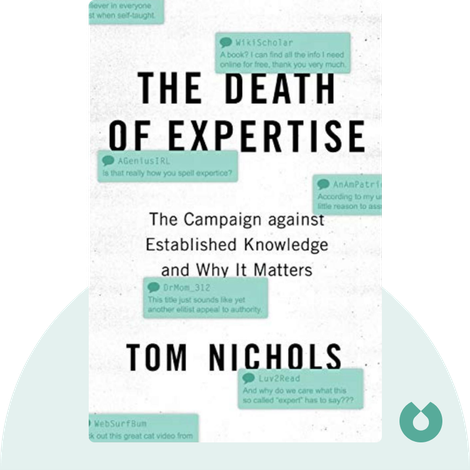
# California’s Vaccination Law: Advancing Public Health
## Introduction
In a pivotal effort to improve public health and curb the transmission of preventable illnesses, California Governor Jerry Brown has recently enacted legislation that abolishes religious and philosophical exemptions for childhood vaccinations. According to this new statute, parents can only seek exemptions for their children based on a medical condition as confirmed by a licensed physician.
This legislation responds to escalating worries regarding outbreaks of vaccine-preventable diseases, exemplified by the 2014–2015 measles occurrence linked to Disneyland, which underscored the dangers associated with falling vaccination rates. The aim of this law is to boost immunization levels, thereby safeguarding at-risk groups, including infants, immunocompromised persons, and those legally unable to receive vaccines due to medical reasons.
## The Debate: Public Health vs. Personal Freedom
Despite the praise from many health professionals and public health advocates who regard the new law as a significant stride in disease prevention, it has generated controversy, especially among anti-vaccine activists. Certain parents and notable figures, such as actor Jim Carrey, have openly condemned the law, characterizing it as a violation of personal liberties.
Carrey, known for having expressed his concerns about vaccine components, utilized social media to voice his dissent, highlighting apprehensions regarding mercury-based preservatives and aluminum levels in vaccines. Nonetheless, experts have consistently refuted these assertions. Significantly, thimerosal—a compound containing mercury—has not been present in standard childhood vaccines in the U.S. for over twenty years, except for a few multi-dose flu vaccines. Moreover, the aluminum exposure from vaccinations is minimal in comparison to the quantities naturally found in common foods and the environment.
## The Evidence Supporting Vaccine Safety
A multitude of extensive studies has validated that vaccines are both safe and remarkably efficient in preventing diseases. The Centers for Disease Control and Prevention (CDC), World Health Organization (WHO), and the American Academy of Pediatrics (AAP) all endorse vaccination as an essential public health strategy. Key insights regarding vaccine safety include:
1. **No Correlation Between Vaccines and Autism**
Numerous studies have conducted in-depth reviews of the vaccine-autism connection, revealing no credible evidence to support such a link. The initial study by Andrew Wakefield that ignited the myth surrounding vaccines and autism has since been discredited and withdrawn due to fraudulent findings.
2. **Vaccine Components Are Safe at Recommended Levels**
– **Thimerosal:** Removed from most vaccines long ago due to public concerns, despite an absence of proof indicating harm.
– **Aluminum:** Utilized to amplify immune responses, but the exposure from vaccines is trivial compared to what individuals encounter daily through food and environmental sources.
– **Formaldehyde:** A natural metabolic byproduct, found in greater concentrations in the human body than in vaccines.
3. **Severe Allergic Reactions to Vaccines Are Rare**
Although an allergic reaction can occur, it is estimated to happen in only about 1 in a million doses. When such reactions do happen, they can be addressed with medical treatments like epinephrine.
## The Significance of Herd Immunity
Vaccination not only protects the recipient of the vaccine but also plays a vital role in achieving **herd immunity**, which is essential for shielding individuals who cannot receive vaccines for medical reasons. When a large segment of the population is vaccinated, it effectively halts the spread of infectious diseases, protecting vulnerable groups such as infants, cancer patients, organ transplant recipients, and others with weakened immune responses.
While vaccine-preventable illnesses had become uncommon in the U.S. due to extensive immunization initiatives, recent vaccine reluctance has contributed to the resurgence of diseases like measles and pertussis (whooping cough). For example:
– **Measles** can lead to serious complications, including pneumonia, brain swelling, and death.
– **Whooping cough** poses a significant threat to infants, potentially resulting in hospitalization or death in severe scenarios.
– **Diphtheria**, though largely eradicated, has a mortality rate of 5-10% even with medical intervention.
The removal of non-medical exemptions in California effectively ensures increased vaccination rates, diminishing the likelihood of disease outbreaks and safeguarding the more vulnerable segments of the population.
## Disproving Myths Promoted by Anti-Vaccine Advocates
In spite of the substantial scientific evidence substantiating vaccine safety, myths continue to circulate, frequently amplified by social media. Some common misunderstandings include:
– **“Vaccines have toxic levels of chemicals.”**
– The concentrations of any chemicals present in vaccines are **far too low** to be harmful. Assertions about aluminum and formaldehyde overlook that these substances naturally occur in our bodies.
– **“Natural immunity is superior to immunity gained from vaccines.”**
– Although natural infections may result in immunity, they come with **a significantly higher risk of severe complications**, hospitalization, and death compared to vaccines.
– **“Vaccine-preventable illnesses pose little threat.”**
–